 Between the global pandemic and our country’s persistent racial inequities, there are many miles ahead to become the just and equitable community we ought to be.
Between the global pandemic and our country’s persistent racial inequities, there are many miles ahead to become the just and equitable community we ought to be.
In Colorado, there is a significant resource gap between rural and urban school districts. Students of immigrant families are especially at risk for not having highly qualified teachers able to teach linguistically diverse learners. For years, Gates Family Foundation has focused our grantmaking strategies to support solutions aimed at dismantling these disparities and gaps — yet they persist in our education system and our communities writ large.
Facing these intense realities, the Gates education team solicited candid, confidential feedback from a wide range of constituents to help us formulate and refine our strategies, investments, and processes to best serve our community.
Too often students, parents and teachers are not consulted in agenda-setting conversations. So deep-dive empathy interviews with these groups kicked off our human-centered strategic planning process. We place tremendous value on their feedback, alongside input from our current grantees and philanthropic peers.
Here is some of what we heard:
“The ongoing challenge of attracting and retaining teachers and principals, particularly professionals of color, continues to loom over our education system. The aftermath of the pandemic is likely to exacerbate the situation. We need to double-down on our creativity and intentionality to find real solutions,” said one educator.
The teacher shortage is particularly acute in rural areas across Colorado. According to one rural superintendent, “Attracting and retaining teachers has been a challenge for years and very little progress has been made to reverse the trend despite serious efforts. To make it worse, the pandemic has burnt out many educators at all ranks from superintendents to teachers. Meanwhile, there’s a need for more people of color to diversify the workforce and push for more culturally responsive instruction by what is currently a mostly white teaching workforce.”
We heard a lot about the mental health needs of students, families and educators, which have been heightened exponentially due to the pandemic. “If we’re checked out, it doesn’t mean we don’t want to learn — it means we need a break,” said one student. “We want to give 100% to each class. Breaks and recess need to be continued. Yes, we’re growing up — but we still need things like rest.”
Students’ feedback is a reminder that young people are on the receiving end of every systemic decision.

As one teacher pointed out: “Kids have more ownership over their learning. They can go online and learn about beetles. They know that there’s an infinite source of knowledge that they can tap into. They can find books on YouTube and see someone read to them. With virtual field trips you can go anywhere in the world and learn about other cultures.”
“I love anywhere, anytime learning [for my kids],” added one parent. “Everything is a learning opportunity.”
For students, using technology is second nature — but they also expressed a yearning to make real-world connections and impact the world they stand to inherit. As one pointed out: “We talk about social issues on Tik Tok. We’re trying to make change. But it’s hard when we’re blocked out from the real world. People make decisions for us but we can’t make decisions that are about us.”
Meanwhile, gaps in our state’s readiness to respond to the unexpected, like a pandemic, were lifted up as a fundamental issue that must be addressed: “We need to use the next few years to build capacity in a way that capacity can be self-sustaining,” said one education advocate. “At the systems level, I would love to see districts building resiliency so they can weather disturbances like principal and superintendent turnover. This time has taught us the extremely high costs of being reactionary.”
We also heard you say that you view the Gates education team as effective and a good partner, though we can improve transparency. We receive this feedback, and we will do better. As Maya Angelou said: “When you know better, do better.”
We asked you for feedback. You gave it to us. Now what?
Your feedback has helped guide our new strategic plan, which goes to our Board for approval this month.
We will release it in early 2022, and will want to hear what you think of it — and how we can collaborate with you to turn vision into reality for Colorado’s next generations.
Throughout this process, we have tried to keep our community’s needs at the center of every decision. Our new strategic direction calls for us to deepen our commitment to equity at every level of our work. We will use every tool in our toolbox to lift community, create impact and be the best partners we can be.
For now, we want to express gratitude for everyone’s time, partnership and honest feedback. The input helped create a better strategic plan and it will be vital to successfully put the plan to work.


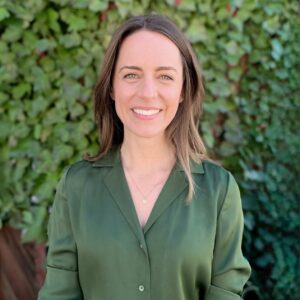
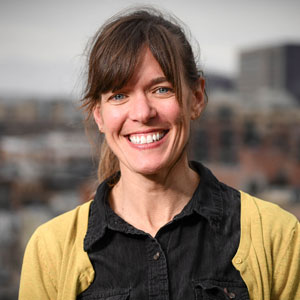
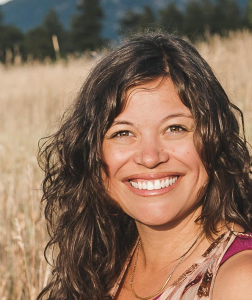
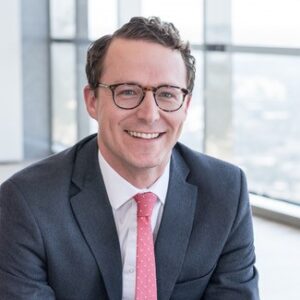

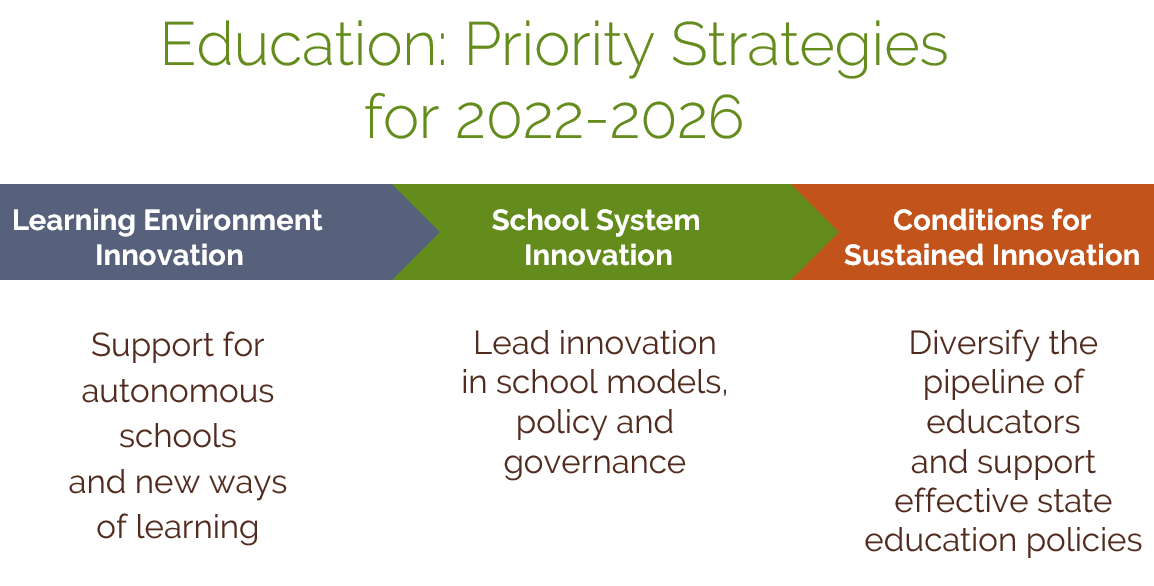
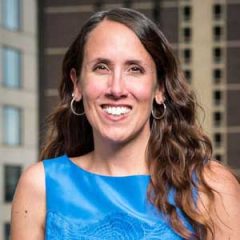
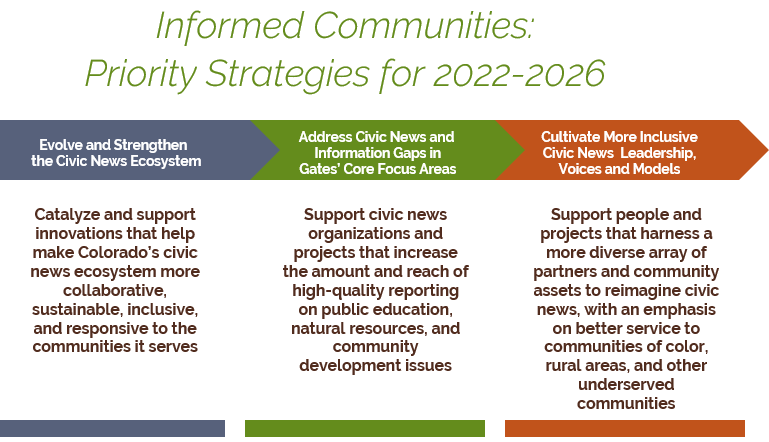
 Finally, also in 2023 a total of $410,956 previously committed by Gates to the
Finally, also in 2023 a total of $410,956 previously committed by Gates to the 
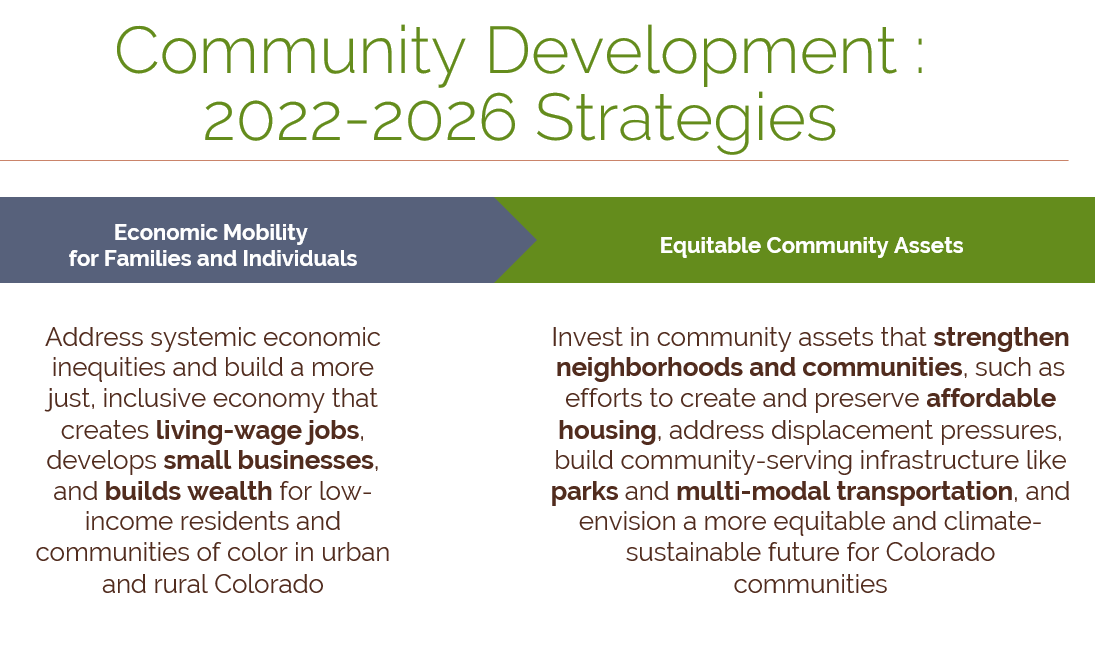

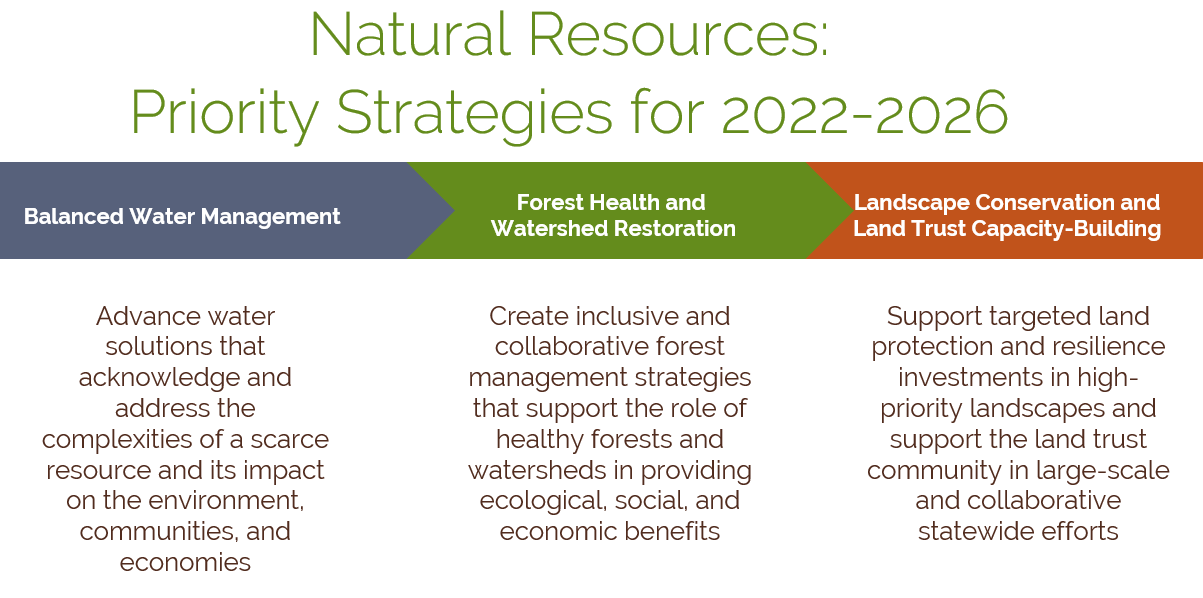
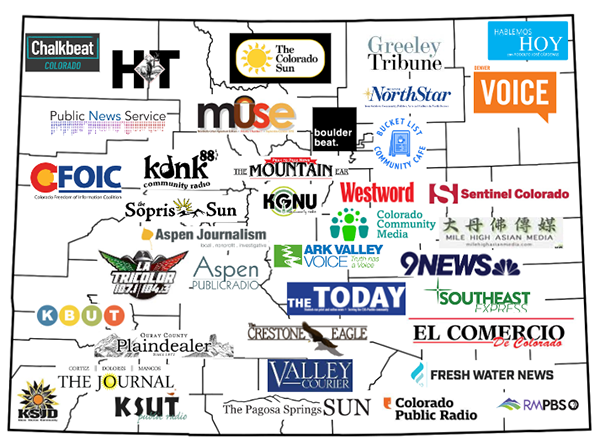 A total of $1,110,956 committed to the
A total of $1,110,956 committed to the 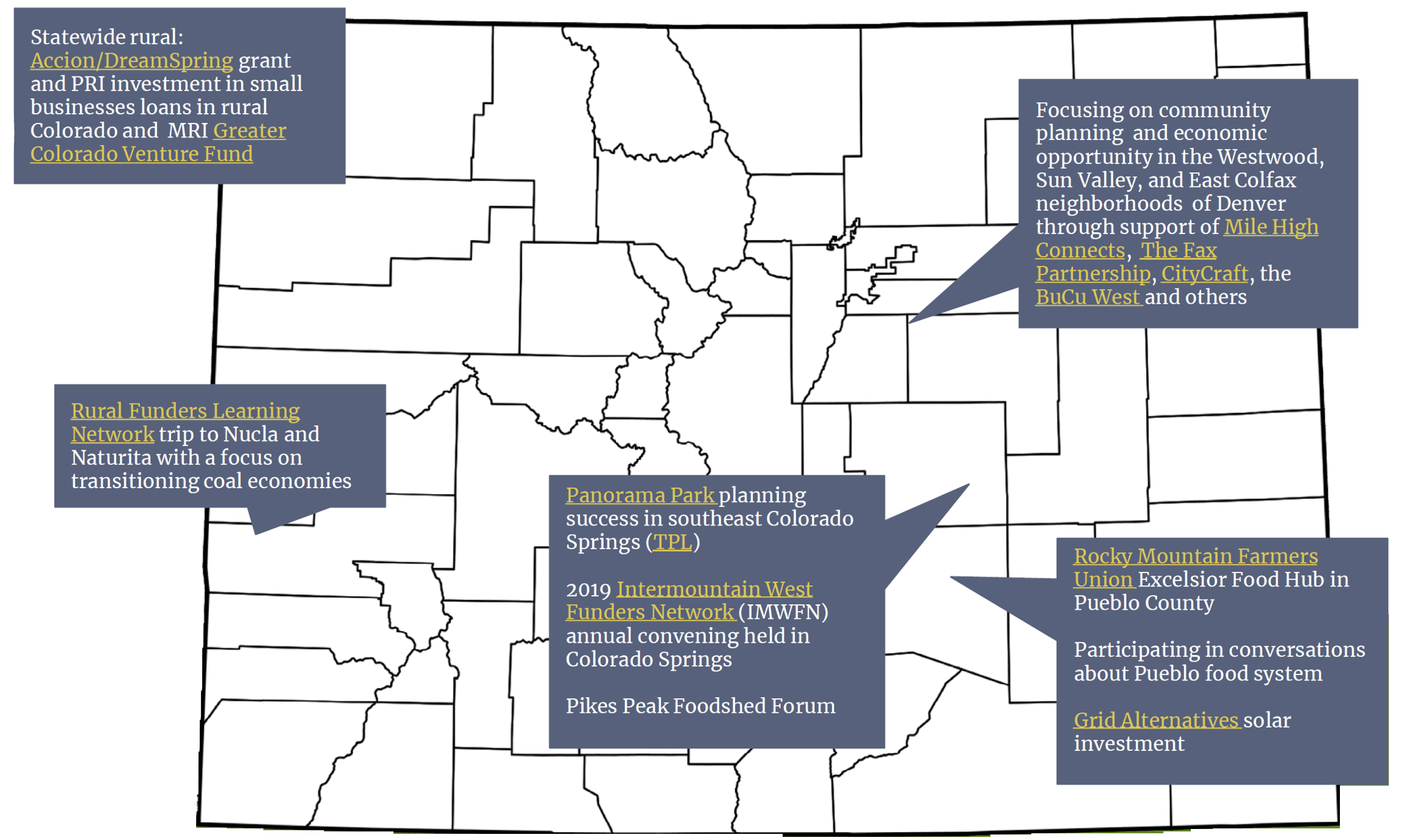 In 2019, the Community Development program committed $932,500 in strategic grants to 13 organizations and $465,000 in responsive capital grants to 12 organizations. New impact investments supporting vibrant communities in 2019 included a $500,000 MRI to
In 2019, the Community Development program committed $932,500 in strategic grants to 13 organizations and $465,000 in responsive capital grants to 12 organizations. New impact investments supporting vibrant communities in 2019 included a $500,000 MRI to 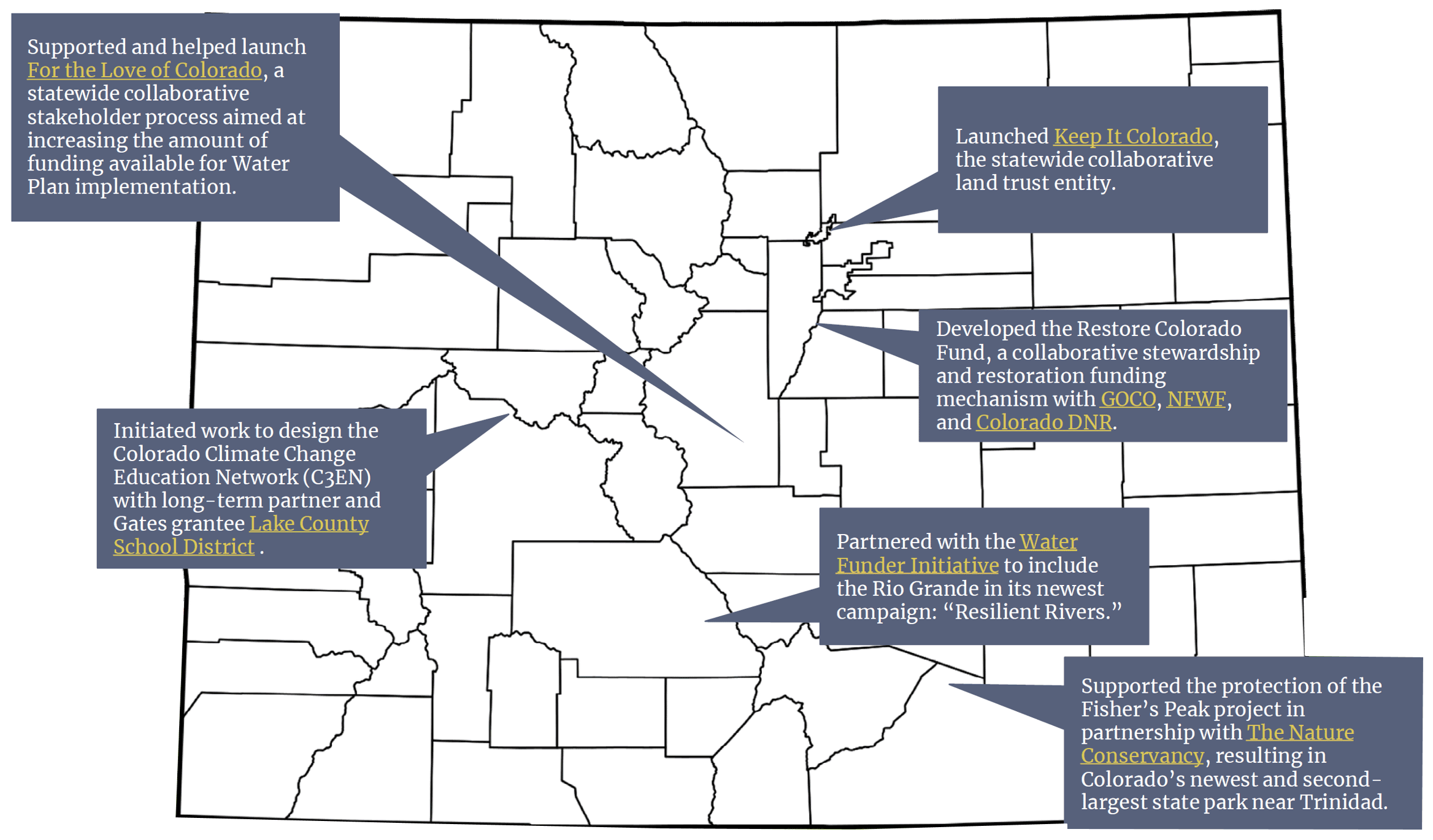 Our Focus Landscapes initiative, a key element of our Natural Resources program, underwent a comprehensive review, revision, and re-launch in 2019. This initiative was launched in 2011 to help Colorado achieve landscape-scale conservation through the protection of private lands in specific geographies. A great deal of progress was made in North Park, southeast Colorado, and the San Luis Valley, resulting in more than 200,000 acres of farm and ranch lands conserved, along with their associated ecological values. The strategic review process was done in close partnership with the land trust organizations representing those geographies, providing lessons-learned and an exploration of emerging opportunities. The revised Focus Landscapes initiative will first focus on two geographies:
Our Focus Landscapes initiative, a key element of our Natural Resources program, underwent a comprehensive review, revision, and re-launch in 2019. This initiative was launched in 2011 to help Colorado achieve landscape-scale conservation through the protection of private lands in specific geographies. A great deal of progress was made in North Park, southeast Colorado, and the San Luis Valley, resulting in more than 200,000 acres of farm and ranch lands conserved, along with their associated ecological values. The strategic review process was done in close partnership with the land trust organizations representing those geographies, providing lessons-learned and an exploration of emerging opportunities. The revised Focus Landscapes initiative will first focus on two geographies: 